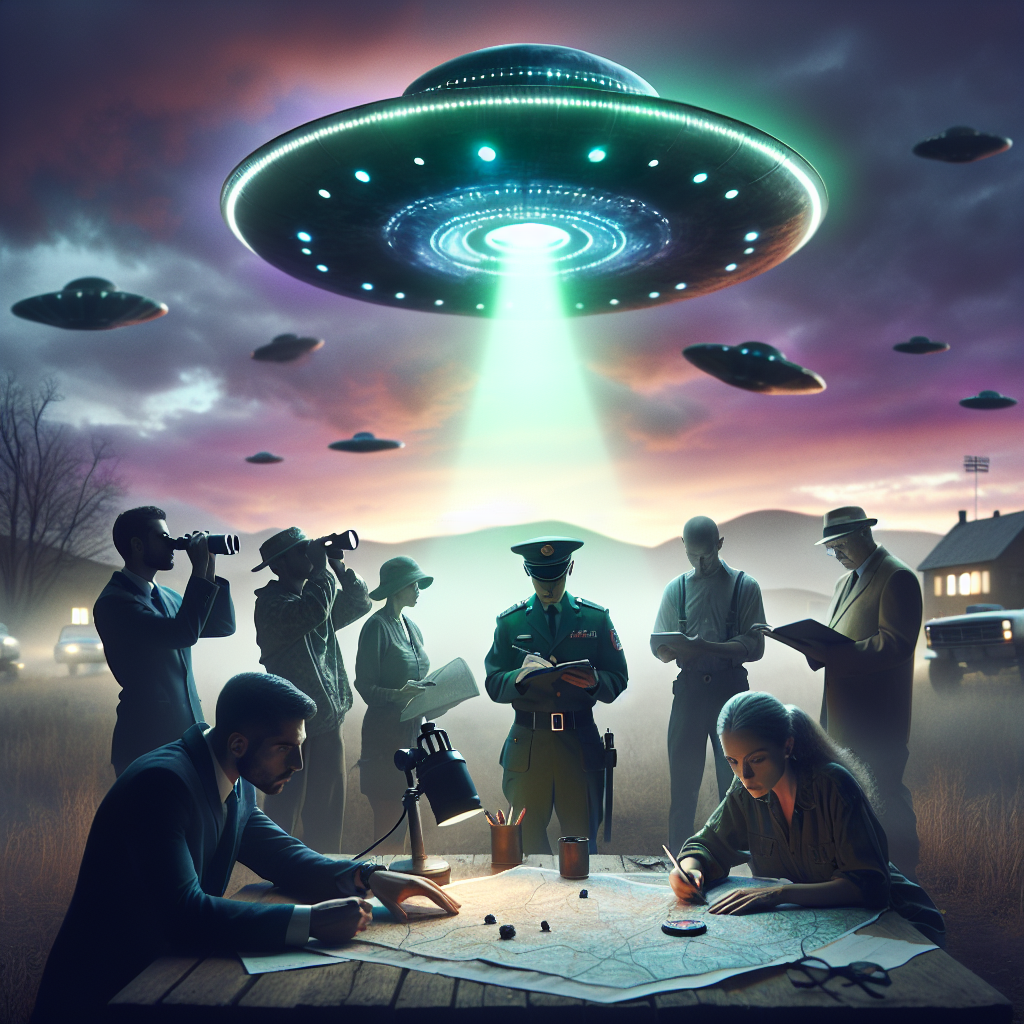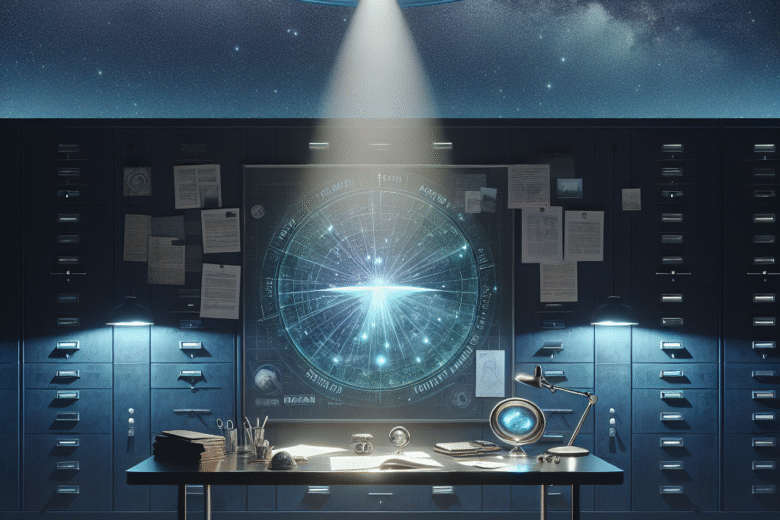UFO Investigations: The Process Behind Closed Doors
In recent years, the fascination with Unidentified Flying Objects (UFOs) has soared, capturing the imagination of both the public and the scientific community. Ever wonder what really goes on behind the scenes of a UFO investigation? From initial sightings to classified reports, this post will shed light on the intriguing world of UFO investigations. Join us as we explore the process behind closed doors, uncovering the truth that might just be out there. 🛸
Table of Contents:
1. Introduction to UFO Investigations
2. Initial Report and Data Collection
3. Analyzing the Evidence
4. Collaboration with Experts
5. Public Disclosure and Debunking Myths
6. Conclusion
7. FAQs
Introduction to UFO Investigations
The study of UFOs, also known as ufology, has been a subject of intrigue for decades. With increased public interest, especially following reports from credible sources like military personnel, UFO investigations have gained legitimacy. But what exactly happens when a UFO sighting is reported? How do authorities and researchers handle these mysterious encounters?

Initial Report and Data Collection
Every UFO investigation begins with a report. This could come from an eyewitness, a military pilot, or even automated radar systems. The credibility of the source often dictates the urgency and depth of the investigation. Once a report is filed, investigators gather as much data as possible, including:

– Time and location of the sighting
– Weather conditions
– Witness descriptions and testimonies
– Photographic or video evidence
This data collection phase is crucial, as it sets the foundation for the entire investigation. Investigators aim to rule out conventional explanations such as weather balloons, drones, or atmospheric phenomena.
Analyzing the Evidence
After collecting initial data, the next step involves analyzing the evidence. This process is often meticulous and involves various technologies and methodologies. Experts use tools like radar data analysis, photogrammetry, and even artificial intelligence to discern patterns or anomalies in the collected data.
For example, radar data can help determine the speed and trajectory of an object, while photogrammetry can provide size and scale insights from images. This step aims to establish whether the sighting can be explained by known technologies or if it remains unidentified.
Collaboration with Experts
Given the complexity of UFO phenomena, collaboration with experts from diverse fields is essential. This often includes:
– Aerospace engineers
– Meteorologists
– Physicists
– Psychologists
Each expert provides a unique perspective, helping to rule out natural phenomena, human psychology effects, or advanced technology misidentifications. For instance, psychologists might assess the reliability of eyewitness accounts, while meteorologists could rule out unusual weather conditions.
Public Disclosure and Debunking Myths
Once an investigation is concluded, findings are often shared with the public, especially if the sighting attracted significant media attention. However, due to national security concerns, some details may remain classified. Public disclosure serves multiple purposes:
– Informing and educating the public
– Debunking myths and rumors
– Enhancing transparency and trust
Despite rigorous investigations, not all sightings can be conclusively explained. This often fuels speculation and conspiracy theories, which investigators aim to address transparently to maintain public confidence.
Conclusion
UFO investigations are complex, requiring a blend of science, technology, and interdisciplinary collaboration. While many sightings are ultimately explained by conventional means, the allure of the unknown continues to captivate us. As technology advances, so too does our ability to understand these mysterious phenomena, inching us closer to unraveling the truth behind UFOs. 🌌
FAQs
Q1: How are credible UFO sightings identified?
A: Credible sightings usually involve multiple reliable sources, such as military personnel, and are often supported by physical evidence like radar data or photographs.
Q2: Are UFO investigations always made public?
A: Not always. Some investigations remain classified due to national security concerns, while others are disclosed to the public to maintain transparency.
Q3: Can UFOs be explained by current technology?
A: Many UFO sightings are eventually explained by existing technologies or natural phenomena. However, a small percentage remain unidentified, sparking further research and interest.
Q4: Do UFO investigations involve international collaboration?
A: Yes, especially when sightings occur near international borders or involve multiple countries. International collaboration can provide additional data and insights.
As we continue to explore the skies and beyond, the process behind UFO investigations reminds us of the vastness of our universe and the endless possibilities it holds. 🚀
Looking for a side hustle
Check out one of the best around atm
